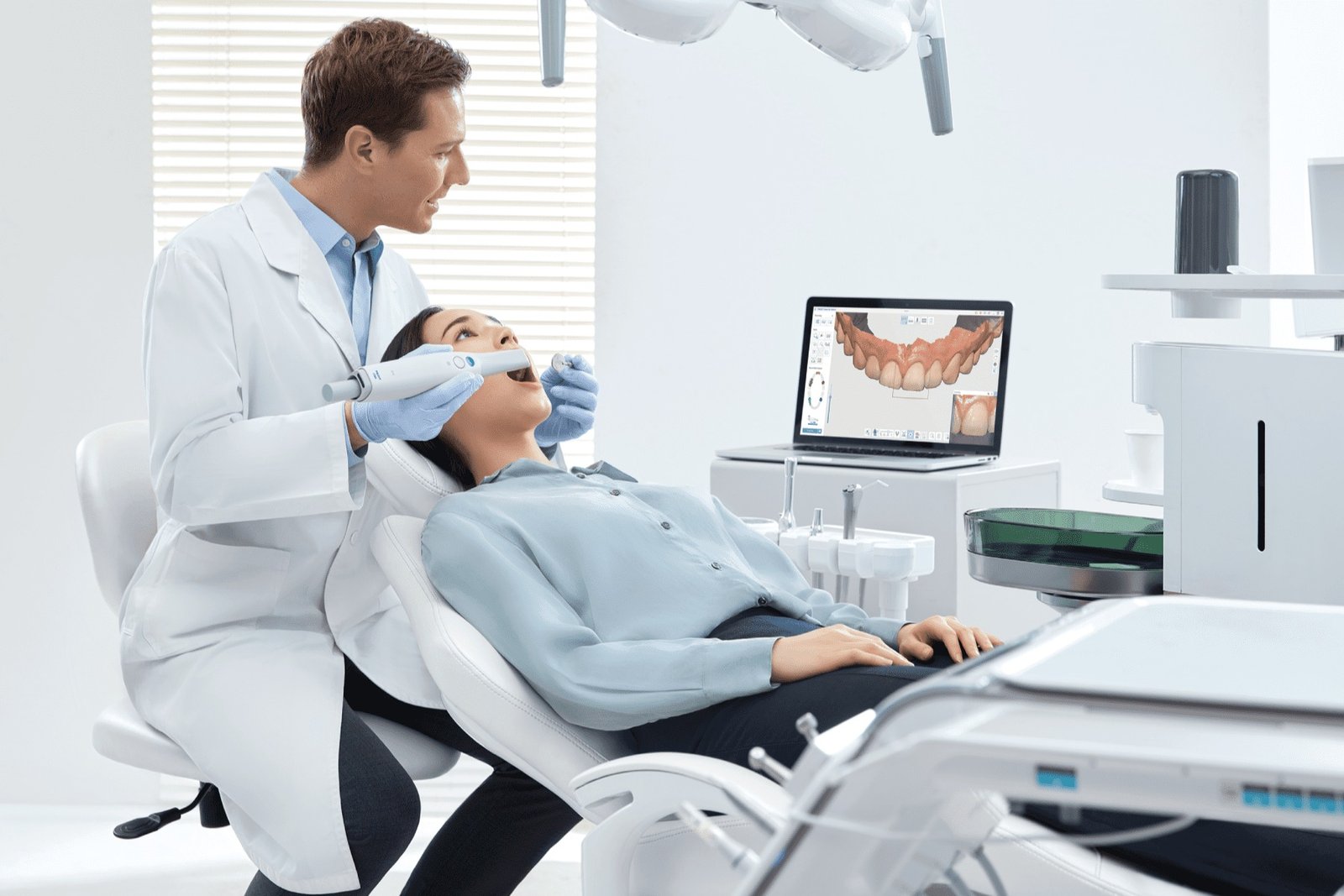Intraoral scanning with an oral scanner represents a significant advancement in dental technology, streamlining the process of capturing direct optical impressions of the structures inside the mouth. This method uses a compact, hand-held wand to project a light source onto the dental structures. As the device is moved around inside the patient’s mouth, it captures thousands of high-resolution, digital images or videos of teeth and gums. These images are then processed by specialized software to create a highly accurate, three-dimensional digital model of the oral cavity.






